You may be considering adding a radiant barrier to your home, but you might be concerned about the R-value. We have researched and compiled information that will help you better understand R-value and radiant barriers.
A radiant barrier alone has an R-value of zero. However, when a radiant barrier is used in conjunction with insulation, the R-value of the insulation is increased.
If you still have some questions about radiant barriers, don't worry. In this post, we'll discuss the topic in more detail. Keep reading to learn more about radiant barriers and why you should consider using them in your home. The following sections have the answers to many common questions about radiant barriers.
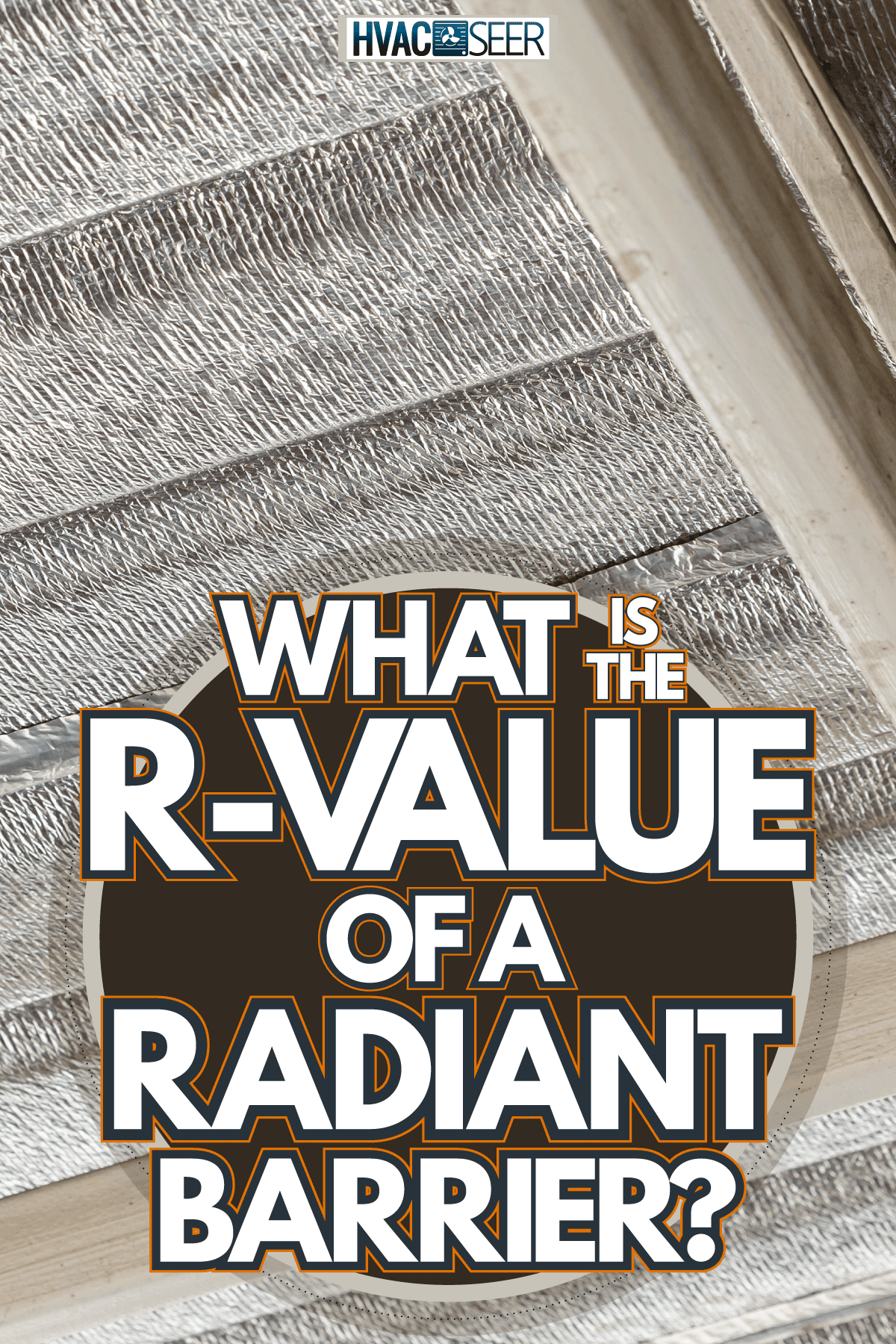
Understanding R-Value
To understand how R-values are associated with radiant barriers, we first must understand the R-value. The R-value is a number you will find listed on insulation or insulating materials that indicates the level of thermal protection per inch that the product can provide.
Radiant barriers are not insulation, so they do not have an R-value. Radiant barriers utilize reflective materials that divert radiant heat rather than absorb it.
However, studies show that installing a radiant barrier can increase the R-value of existing insulation. Studies conducted by the Tennessee Valley Authority (TVA) show that R-11 insulation boosts up to R-19 effectiveness and R-19 insulation boosts up to R-30 effectiveness when combined with a radiant barrier.

Let's define that R stands for resistance, and the number value represents the resistance the insulation has against heat flow or temperature conduction.
The higher the R-value, the better the insulation protects the home. There are charts that indicate the minimum R-value your insulation should have based on your region's climate and the placement of the insulation in your home.
Today's building codes require a certain amount of insulation, but that hasn't always been the case. If your home was built before the 1980s, you might not have adequate insulation.
If your heating and cooling costs feel extreme, you might want to inspect your insulation. Adding additional insulation and a radiant barrier may help to reduce your heating and cooling costs.
Do you need insulation with a radiant barrier?
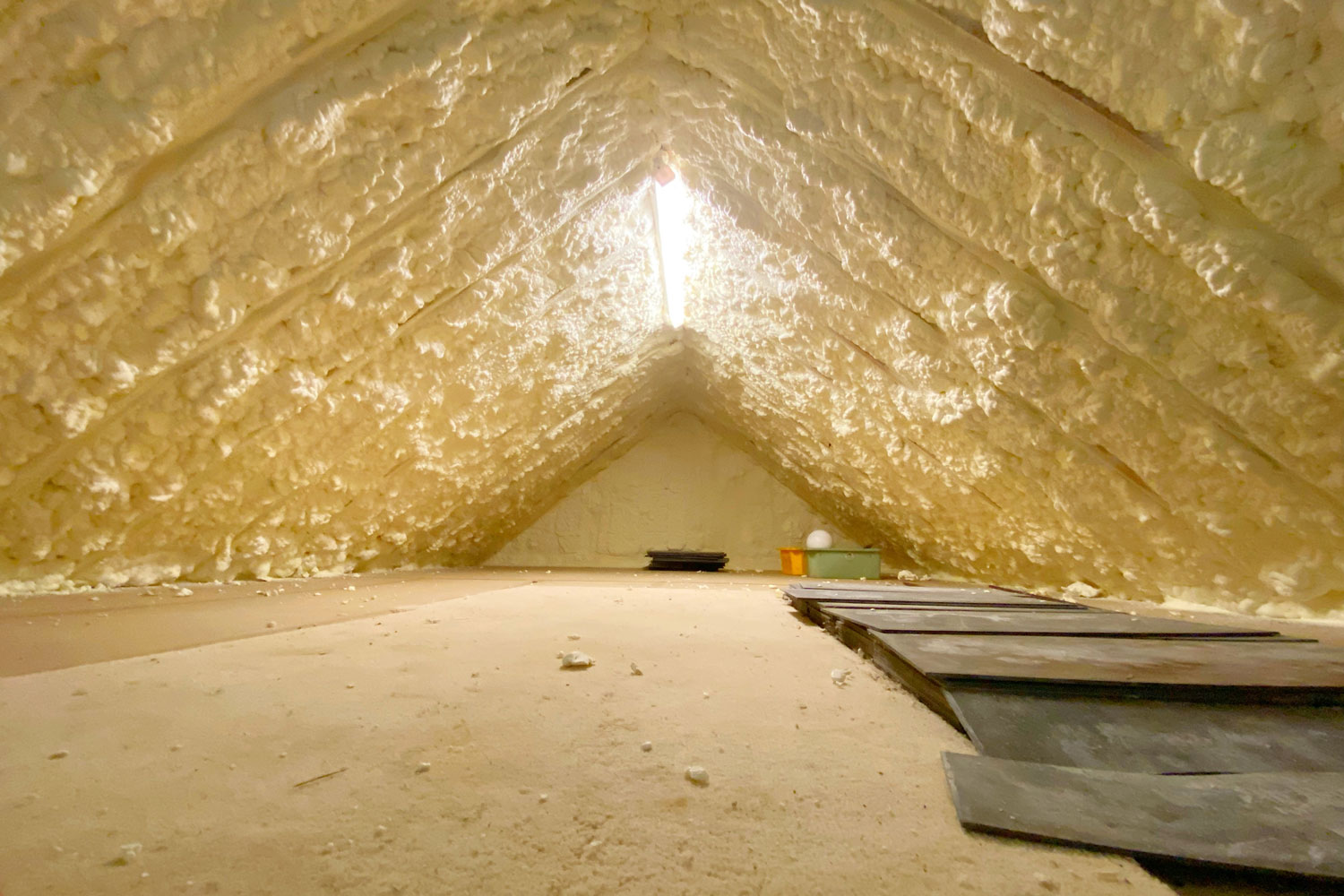
Yes, building codes require that homes have a certain amount of insulation with the required R-value for the region. Radiant barriers alone have no insulation properties.
Radiant barriers reflect radiant heat rather than absorb it, which reduces the amount of heat in your home, further reducing cooling costs. Radiant barriers do not reduce heat conduction. Therefore, adequate insulation is still needed.
The real question is whether you need extra insulation when you install a radiant barrier. The answer to that question is not necessarily. If your home is built to current building codes and has the proper amount of insulation with an R-value of 39 or higher, adding more may not be beneficial.
Insulation can only do so much to trap hot air. If your home is under constant assault from the hot sun, you need to divert the thermal energy before it has the opportunity to heat your living space.
This is where radiant barriers help by reflecting the thermal energy toward the roof and outside walls and away from inside the home.
Using a radiant barrier in conjunction with extra insulation gives maximum protection because they work together. However, suppose you live in a hot climate, and you have to choose between radiant barriers and extra insulation to help reduce cooling costs. In that case, a radiant barrier is probably the better choice. In a cold climate, the opposite may be true.
There are areas of your home where retrofitting with a radiant barrier would be beneficial. You can add radiant barriers to an existing structure in the following sites: attic, gable ends, basement ceilings, water heaters, HVAC ductwork, garage doors, and crawl spaces.
How long does a radiant barrier last?
A radiant barrier is typically made from aluminum, a durable material that can withstand many elements without corrosion. Studies completed on radiant barrier longevity are ongoing, but currently stored samples have been examined for more than a decade and show no signs of deterioration.
If you are a DIYer looking for a radiant barrier, consider this top-rated product by Radiant Guard.
Click here to see more on Amazon.
Read more: How Long Does Radiant Barrier Insulation Last?
Do radiant barriers damage shingles?
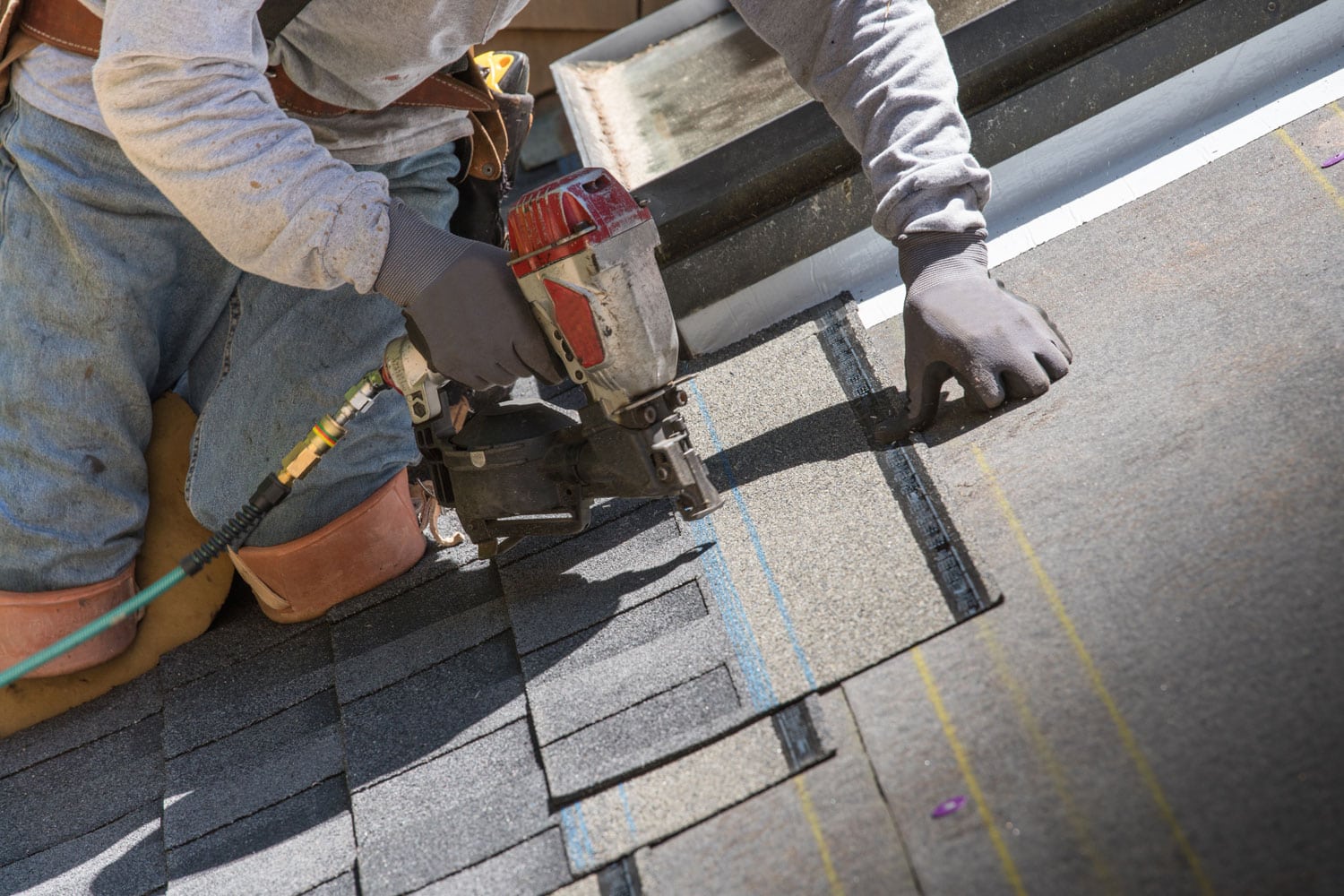
You might be concerned about how the radiant barrier's heat reflected into the roofing materials will affect your shingles. Specifically, will it cause your shingles to overheat, cause damage to your roof, or void your warranty? The answer is no.
First, the diverted heat is mostly dissipated before it reaches the shingles. Second, most shingles are designed to withstand temperatures between 160-200 degrees.
Studies have shown that the use of radiant barriers only increases roof temperatures by 2-5 degrees. This temperature increase is not enough to push past their threshold and cause damage or void your warranty.
However, a lack of proper ventilation can cause your roof to reach damaging temperatures. So, if you have a radiant barrier and have concerns about your roof being too hot, it's your ventilation, not the radiant barrier.
Is a radiant barrier worth it?
Radiant barriers are commonly misunderstood, leading many people to believe that they are not worth using in a home. To properly assess their worth, you have to understand what they do. They reflect radiant heat. However, this can be difficult to equate to heat reduction or cost savings.
Heat transfer occurs through conduction, convection, and radiation. Conduction and convection are understood, and products to counteract them are common in home construction.
Conduction is heat transferred through molecules via physical contact from one surface to another. Insulation is used as a barrier to trap hot air and reduce heat conduction.
Convection is when a liquid or gas, like air, circulates and transfers heat through the process. To control it, you stop the flow of air by using caulk, spray foam, or wrap barriers as a sealant.
Radiation is heat energy through electromagnetic waves and subatomic particles moving throughout the atmosphere. This type of energy isn't converted to heat until it comes into contact with a surface that can conduct it.
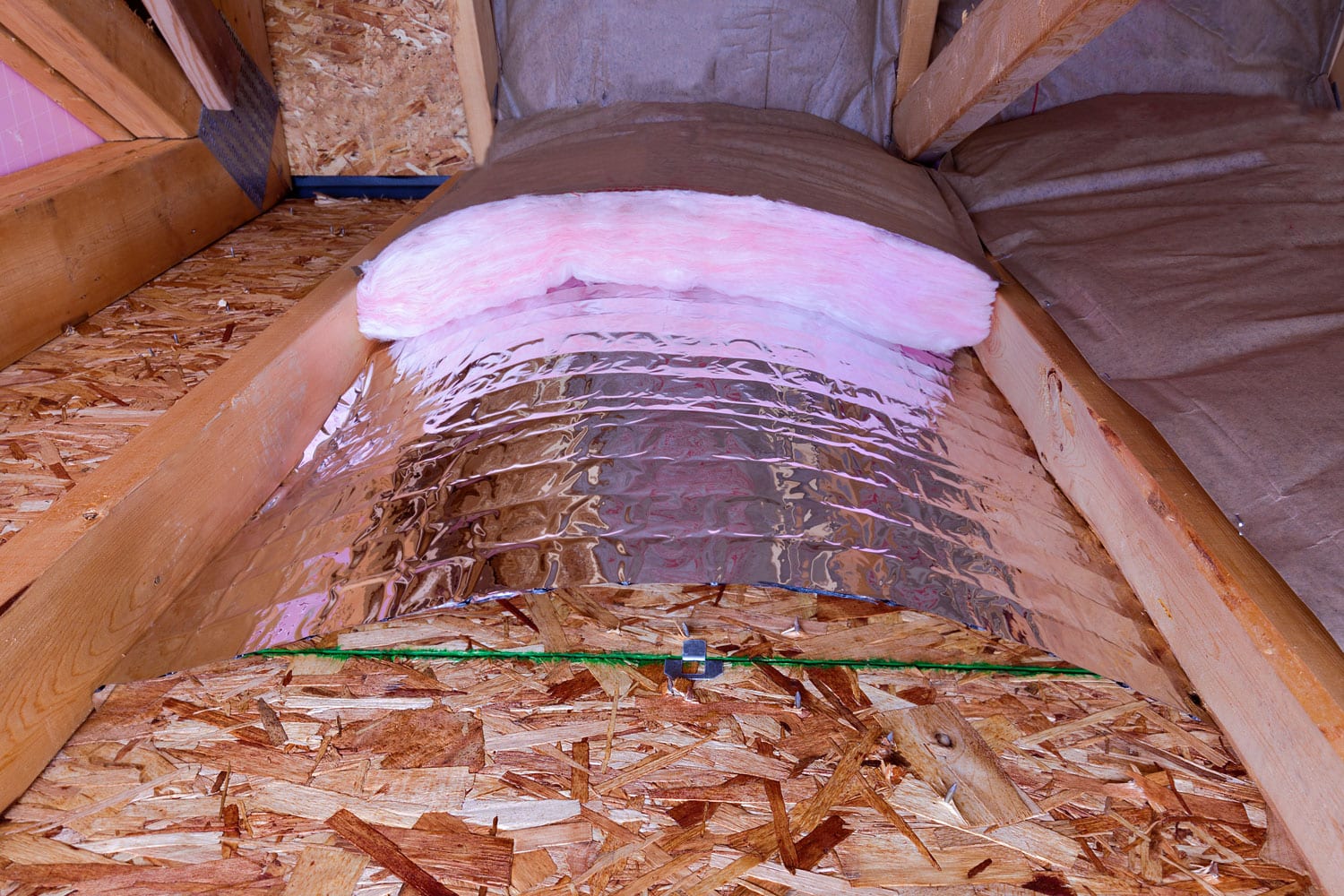
Therefore, to reduce it, reflective material is used to divert it away from surfaces that you don't want to be heated, forcing the heat to be absorbed by other surfaces.
Radiant barriers only work effectively when properly placed. They require that the reflective side be facing toward the primary heat source. They also need an air space between the radiant barrier and the heat source.
Radiant barriers can lose their effectiveness if not maintained. If the surface is allowed to get dusty or dirty, the reflective ability is reduced or can become ineffective.
The energy reduction and cost savings will vary by home depending on several factors. If your home is well insulated or well shaded, you won't see as much savings because you already have reduced some heat factors.
Radiant barriers work best in homes where climates are more extreme rather than moderate. In hot climates, the radiant barriers are placed on the rafters and divert heat back to the roof to keep the attic cooler and save on cooling costs.
In a cold climate, radiant barriers are installed on the attic floor above the insulation and divert heat back into the floor to keep the home warm and reduce heating costs.
Also, the radiant barrier works best in homes where the AC equipment or main ductwork location is in the attic. Your attic space can reach temperatures up to 140 degrees. Leaks in AC equipment draw in the extreme heat and try to cool it, overworking the system and adding costs for you.
Radiant barriers can help keep attic spaces cooler, reducing the strain on your HVAC system.
In a warm, sunny climate, radiant barriers can realistically reduce cooling costs by 5-10%, so avoid believing outlandish claims to the contrary.
To see one homeowner's experience, watch this YouTube video:
To Wrap it Up
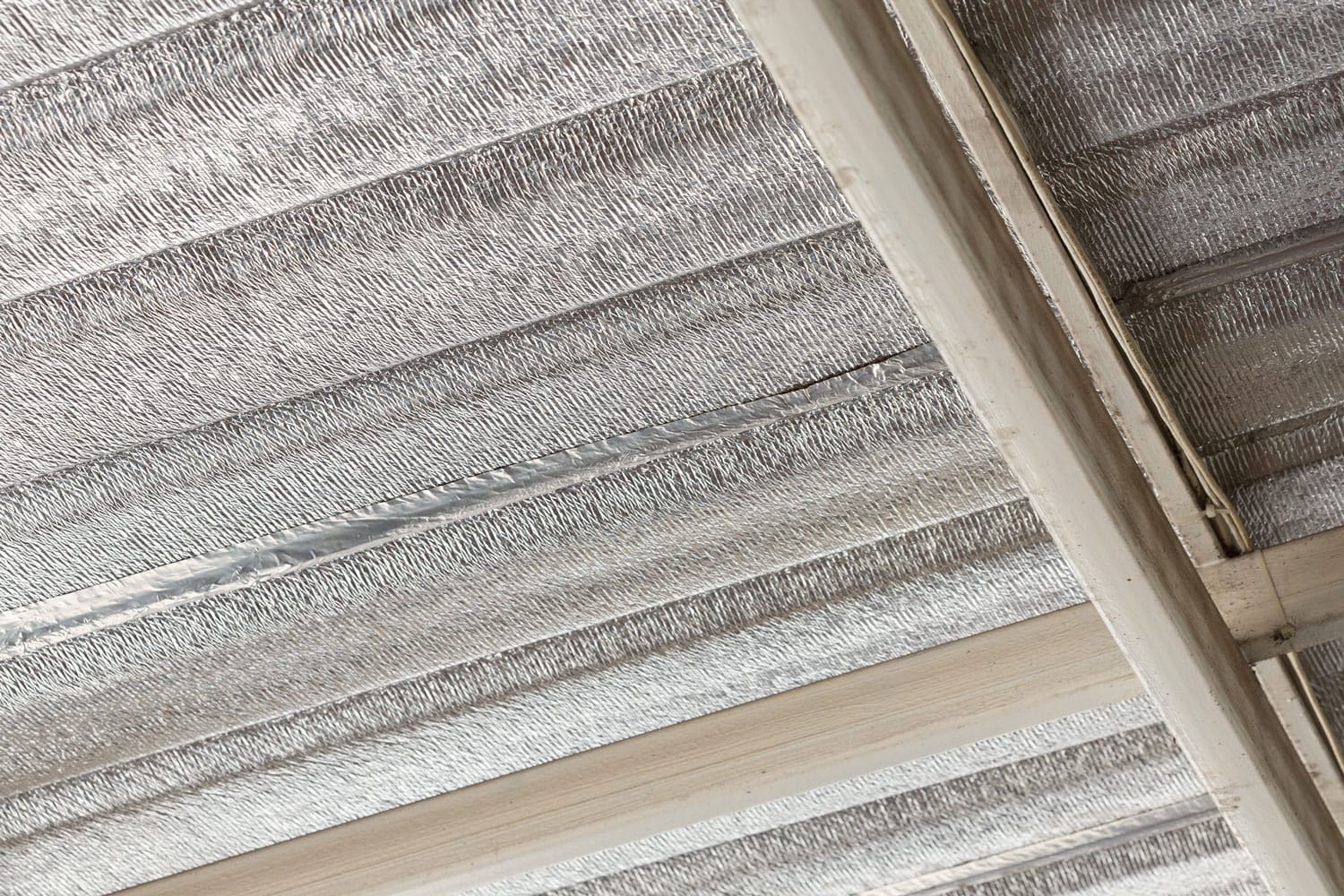
Radiant barriers can be effective at reducing cooling costs in some conditions. If you live in a warm climate where the heat from the sun changes your home's temperature drastically or extremely cold climates where you lose heat, radiant barriers may be something that you should consider.
Consider these other articles to learn even more about radiant barriers:
Can You Use Radiant Barrier Sheathing For Walls?
Does A Radiant Barrier Block Reception? [TV, Cell, And Wifi]

